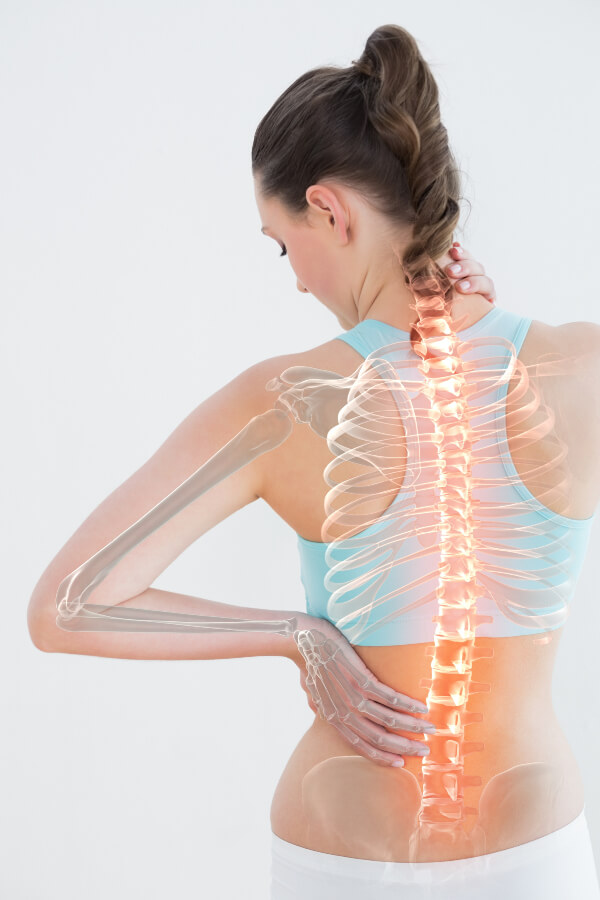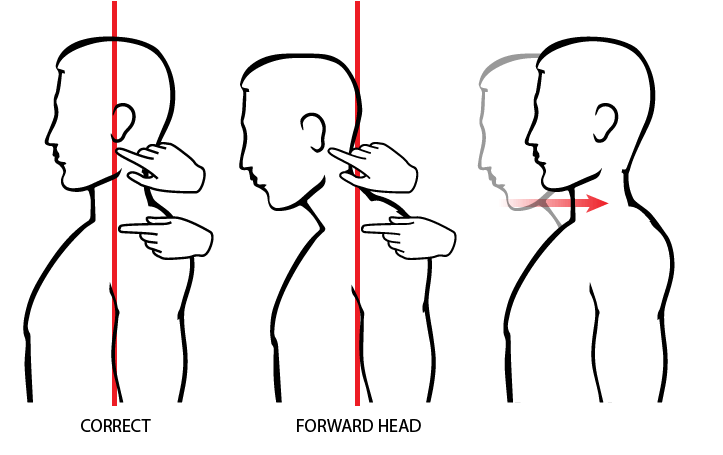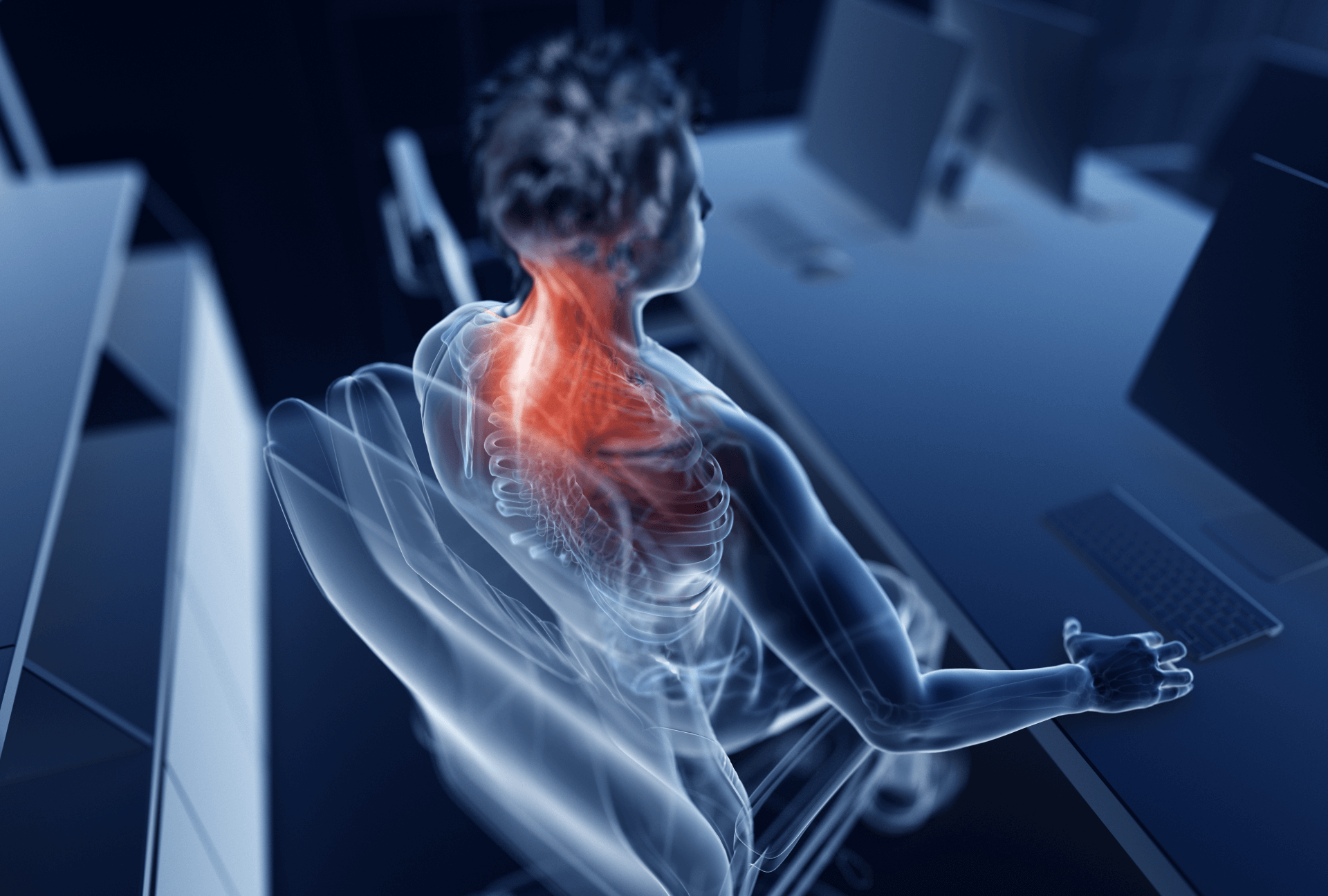SPINE AXIS
The modern lifestyle makes us live on the run and we do not always pay attention to these seemingly less important matters. We don’t pay enough attention to the position we sit in, especially if we take it for a long time. Why is it worth looking at such a simple activity as sitting? After all, we do them every day, naturally, and often for many hours. It is worth looking at it, if only because if you belong to a group of people who sit a lot, you must realize that you affect your spine every day. If you sit badly, it means that you are working on the so-called discopathy every day. In simple terms, it is an overload disease that primarily leads to degeneration of the spinal discs. As a direct result, it can be a herniated disc, herniated disc in the spine, or a rupture or damage to the disc ring. In most cases, this ends up in a lot of pain and loss of comfort and quality of life. Fortunately, cases of paresis or paralysis of the limbs are rare. Civilizationally, we are forced to stay in a sitting position all the time. If not at work, then on the sofa at home, sitting at the computer or in the car. We have too many “seats”, which strengthens bending in only one direction. The basis of the human body, the locomotor system, is the ability to assume an upright posture. In this case, we are talking about maintaining the axis. the tissues in only one direction.

The spine needs movement to restore its mechanical balance. In the sitting position, we are only in static. As a result of the asymmetrical setting of the vertebrae in relation to each other, the greatest changes and loads on the spine occur, which causes pressure intervertebral disc. As a result, the inner gelatinous part of the disc called the nucleus pulposus is pushed posteriorly, pressing against the posterior wall of the annulus fibrous disc from the inside. This is a classic example of the disc damage and degradation mechanism that always leads to disc herniation.
Many specialists rightly recommend placing the roller in a sitting position under the lumbar section, but the issue of positioning the head, i.e. the cervical section, is completely overlooked. The retraction (backward) movement completes the normal axial pattern of the spine. It is extremely important to set the head in relation to the torso in the correctly adopted sitting position at the same time with the half-bolt under the loins. Thanks to the correct positioning of the head in the axis of the spine, we also improve the holding of lordosis in the lumbar section. Maintaining the cervical segment in good condition requires cyclical retractions, i.e. moving the head back. Pushing it forward causes increased tension in the muscles of the neck. Injuries to the intervertebral disc in this section can cause symptoms around the neck, shoulder blade or shoulder. We will also feel disturbances in the mobility of the head. We often see this as bad sleeping position when we can’t turn our heads in the morning. This is nothing more than disk corruption.

If you feel that anything is happening to your spine or surrounding parts, the following changes in the intervertebral disc will most likely be the cause, and this is definitely the moment to go to a specialist. The best and actually the only right technique for fixing the spine is the McKenzie method and it is worth looking for specialist using it.
Proper maintenance of the spine axis should be from the top of the head to the loins!

